It’s been said that happy employees are productive employees. And while there’s certainly some truth to that, it’s not the whole story. Employee happiness is important for many reasons – it leads to better performance, lower absenteeism, and increased retention rates. But what exactly is happiness, and how can you foster it in your workplace? Let’s take a closer look.
Happiness and employee productivity
Happiness can be such an elusive emotion, so how do high-performance coaches help employees increase their production? It’s all about helping workers to determine what their most important values are and then leveraging those values to help them stay motivated and committed to high productivity.
Happiness relates to productivity because when people take pride in their work, it results in high-quality output that builds rapport with colleagues, improving relationships and leading to even better work. When happiness is the goal and high standards of productivity are pursued together, everyone wins!
Benefits of having happy employees in the workplace
It’s no secret that having a workplace full of happy employees is beneficial in more ways than one. Not only can happy employees increase productivity and focus, but they also have the potential to create a work culture filled with energy, creativity, and positivity.
Organizations that make sure their employees are content can provide better customer service and experience higher employee retention rates. Plus, it’s much more fun to be around good-humored coworkers rather than grumpy ones!
Bottom line: there are plenty of reasons why businesses should strive to keep their staff in high spirits, so why not do what you can to make your workplace a happier environment for everyone?
The importance of company culture in promoting happiness
Having a great company culture is like having your best friend alongside you at work. Productivity, job satisfaction, and morale skyrocket when employees feel supported in their day-to-day tasks.
There are lots of ways to foster a positive and strong culture – things like offering flexible working hours, creating an open-plan workspace that encourages collaboration and innovation, and giving priority to wellness in the environment – all make a huge difference.
All these factors help to create an atmosphere that makes coming into work something that invigorates rather than depresses; somewhere that boosts happiness instead of gloom. A happy workplace is a magic workplace!
Why employee performance is linked to happiness?
It’s no secret that high performance coaching and high satisfaction go hand-in-hand. After all, why would you want to be in a low-performance situation if it’s making you miserable? That’s why high-performance coaches everywhere preach the gospel of employee happiness—it increases output and makes everyone much more successful!
From benefits like higher morale and increased creativity to long-term financial success and increased loyalty among employees, the connection between high performance and high happiness is apparent. And the best part? Everyone wins when the right steps are taken to improve the emotional well-being of the workplace—including employers, employees, and even customers!
How employers can increase happiness among employees
Every high-performance coach will tell you: happy employees are high performers! The trick is to create an environment that encourages positivity and personal growth.
Finding creative ways to increase engagement, such as launching a mentorship program or introducing flexible working hours, can be great approaches for fostering a happier workspace. Celebrating successes with simple rewards like gift cards or team lunches will help recognize high performance and keep everyone inspired to work hard together. With these easy strategies, you’ll have your team feeling on top of the world in no time!
Stats about the importance of a happy workplace
It’s no secret that happier employees tend to be more productive. Studies have found that companies with high employee satisfaction experience average gains of 8% in productivity and 24% less turnover than their unhappier counterparts, which results in reduced training costs and other expenses.
Not to mention, research has pointed to a strong connection between job satisfaction and customer loyalty. In the long run, this translates into greater profitability and corporate success. So if you want your workplace to hum along smoothly, make sure your team is as fulfilling as possible!
Quick tips on how to create a happy work environment
A healthy work environment can make all the difference in a person’s day. Whether it’s by putting up funny memes around your office, hosting weekly virtual happy hours, or providing flexible work hours and other perks, managers and employees alike can benefit from making their workspace friendlier and more enjoyable.
Creating an environment where everyone feels comfortable is not only important for morale but also important to fostering a sense of loyalty. When we all put in a bit of effort to make working life easier, it can bolster our productivity and help us reach our business goals faster!
So go on: get that office plant you’ve been eyeing, buy that standing desk you’ve been dreaming about or simply have some fun — after all, don’t all workplaces become much better when you add a little laughter?
Conclusion
Creating a happy work environment should be a top priority for employers and employees alike. By understanding what happiness is and how it contributes to productivity, you can take steps to create a happier workplace. The benefits of doing so are numerous and include increased creativity, teamwork, and motivation.
Use the tips shared in this article to start making your workplace a more positive place. And remember, the statistics don’t lie—happy employees lead to successful businesses.
Get in touch with us
Related Posts

How to Measure and Improve Business Performance

The Biggest Leadership Mistakes That Affect Employee Performance
About Us

Our passion is helping your leaders coach your teams to achieve organizational performance. 50 years combined business improvement expertise.

